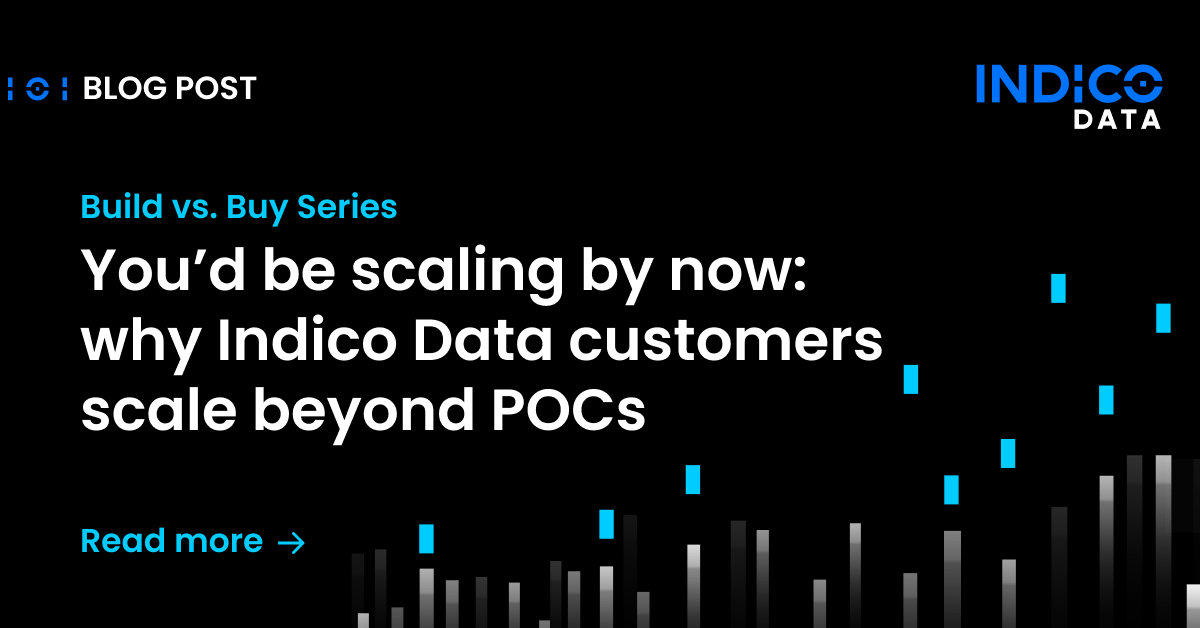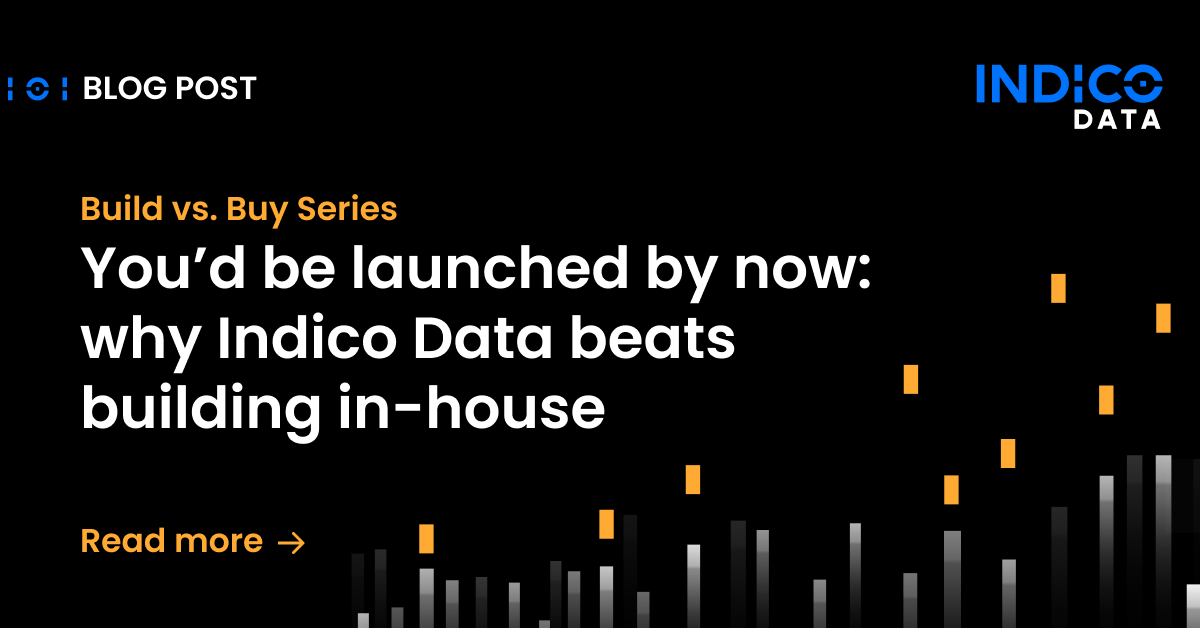In the ever-evolving insurance industry, underwriting modernization has become increasingly important for companies seeking to stay competitive. According to Insurance Thought Leadership, “87% of insurance carriers and TPAs said there is an ever-increasing need to inject innovative and highly configurable services into the claims intake and dissemination process.”
However, underwriters face several challenges when implementing modernization efforts. We will explore the importance of underwriting modernization, the hurdles faced by underwriters, the benefits of modernization, and real-world insights from successful initiatives.
Challenges in underwriting modernization
Underwriting modernization is driven by the demand for digital transformation. However, underwriters encounter various challenges when embarking on this path. Property Casualty 360 points out several key hurdles to modernization, including dwindling pricing power, erratic investment yields, heightened catastrophe activity, and the ongoing effects of the COVID-19 pandemic. These challenges, coupled with growing competition and weak demand can cause modernization efforts to be pushed to the back burner.
Another challenge is the integration and management of data. Underwriters struggle with integrating data from various sources and ensuring its accuracy and consistency. Insurers must overcome integration challenges and leverage data effectively to address pricing power and competition issues. While implementing modernization initiatives can require significant changes to workflows and processes, addressing change management and cultural resistance within organizations can ensure successful modernization. According to McKinsey, overcoming these challenges is crucial as insurers, “should aim to adopt a faster, analytics-driven approach to claims handling and fully automate the claims handling processes for clear and simple cases.”
Related content: How insurers can get over the legacy hurdle and adopt automation technology
Benefits of underwriting modernization
Despite the challenges that underwriting modernization presents, the benefits it brings are undeniably compelling. Continuum sheds light on the significant cost of healthcare caused by claim-processing errors, an intolerable 20% error rate by health insurers resulting in $17 billion being wasted annually. Modernization can greatly enhance accuracy and efficiency in this critical area. This not only saves valuable time and resources for insurance companies but also prevents unnecessary expenses and frustrations for customers. The power of modernization lies in its ability to revolutionize the accuracy and effectiveness of claim processing.
With advanced technologies and underwriting automation tools at their disposal, underwriters can bid farewell to tedious administrative work and allocate their valuable time to more strategic and high-value activities. By focusing only on tasks that require human expertise, underwriters can dedicate their attention to assessing risks, analyzing data, and making informed decisions that ultimately drive profitability and growth for insurance companies.
Modernization significantly enhances the overall customer experience as well. Transparency, accuracy, and speed are the pillars upon which customer satisfaction is built. Customers can expect timely and accurate responses to their inquiries, swift processing of claims, and transparent communication throughout the entire underwriting process. This heightened level of service not only strengthens the bond between insurance companies and their customers but also fosters trust and loyalty, ultimately leading to improved customer retention and positive word-of-mouth referrals.
Related content: Insurance automation: How to find the best products and measure their effectiveness
Real-world insights
Successful underwriting modernization initiatives provide valuable insights into the transformation journey. One such example is intelligent intake solutions, which showcase the potential of modernizing underwriting processes. These solutions prove particularly beneficial for handling complex submissions, as they automate the intake process by reading, categorizing, and extracting data, ultimately converting it into a format compatible with the underwriting system of choice. These intelligent intake approaches significantly reduce the burden of manual tasks and streamline the processing of intricate submissions, empowering underwriters to tackle challenging cases with greater efficiency and precision.
McKinsey emphasizes the importance of integrating AI and digital technologies, digital claims ecosystem integration, and adopting a new digital operating model. By harnessing the power of AI and digital tools, insurers can enhance their underwriting processes, enabling more accurate risk assessments and driving improved outcomes. Seamless integration allows for smoother interactions between different stakeholders, resulting in faster and more efficient claims processing. Complementing these advancements, the adoption of a new digital operating model redefines the way insurers operate, leveraging technology and data to create a customer-centric approach that meets evolving expectations.
In our recent blog, we further encourage underwriters to explore modernization efforts, highlighting the potential for enhanced customer satisfaction and net promoter scores. By drawing inspiration from successful practices employed by e-commerce companies, insurers can leverage technology to offer greater transparency, accuracy, and speed to their customers. Transparency enables clients to have a clear understanding of the underwriting process and the status of their claims, while accuracy ensures that information is handled correctly, minimizing errors and providing a more reliable experience. By adopting technological advancements and focusing on the customer experience, insurers can make significant strides in improving their NPS ratings, fostering loyalty, and gaining a competitive edge in the market.
Related content: How automation and technology can help raise insurance net promoter scores
Conclusions
Underwriting modernization is essential for insurers to stay competitive in the evolving insurance landscape. Despite the challenges posed by complex legacy systems, integration difficulties, and cultural resistance, embracing modernization offers enhanced efficiency, improved accuracy and risk assessment, and an enhanced customer experience.
Underwriters must adopt modernization efforts while considering the complexities involved, track progress, and foster a data-driven culture of continuous improvement. The underwriter plays a crucial role in ensuring that insurers pay claims accurately from the outset. By prioritizing accuracy and modernization, underwriters can save valuable funds and minimize unnecessary administrative burdens that divert time and resources.


